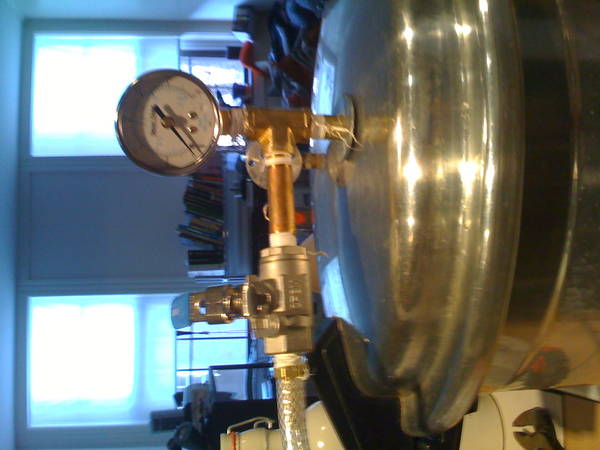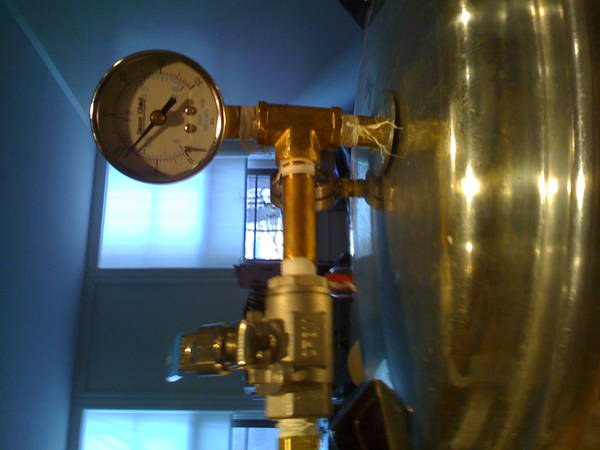SHvanBommel
Well-Known Member
- Joined
- Nov 5, 2007
- Messages
- 548
- Reaction score
- 57
I just finished mine with a 12QT pot... this is awesome.... i'm limited to 15PSI perhaps i want to go to like 25? 


How come the hose fills back up with water when I shut the valve?


How come the hose fills back up with water when I shut the valve?

















































![Craft A Brew - Safale BE-256 Yeast - Fermentis - Belgian Ale Dry Yeast - For Belgian & Strong Ales - Ingredients for Home Brewing - Beer Making Supplies - [3 Pack]](https://m.media-amazon.com/images/I/51bcKEwQmWL._SL500_.jpg)









